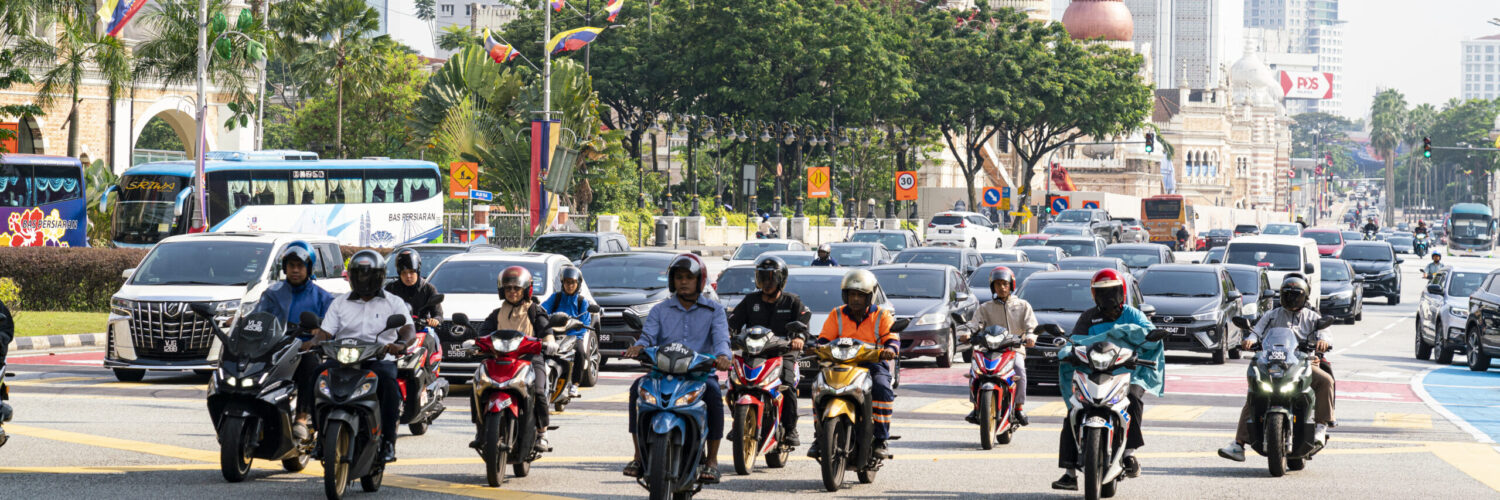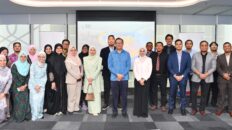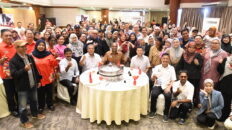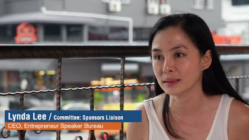Key Takeaways
- Motorcycles Are the Most Vulnerable Motorcyclists still lack basic safety technologies widely available in cars and trucks. This gap in protection costs lives, livelihoods, and national productivity.
- RideHawkTM designed for the Realities of Southeast Asia Developed through years of research with local partners like MIROS, RideHawk addresses the unique risks riders face in Southeast Asia.
- More Than Tech RideHawk combines LiDAR sensing, real-time warning interface, and smartphone app to monitor to score and improve rider behaviour.
- Protects Workforce and Bottom Line Offers employers a way to reduce medical claims, staff disruptions, insurance costs, and reputational risk by safeguarding their most critical asset: their people.
- Risk Management = Resilience By preventing accidents before they happen, companies comply with evolving policies and future-proof their operations for sustainable growth.
Largely overlooked
According to World Health Organization (WHO) statistics, 70 per cent of road deaths in the country involve motorcycles. Across Southeast Asia, where motorbikes are essential personal and professional transport, the toll of motorcycle crashes, often head-on, is both tragic and massive.
Beyond the devastating loss of life, accidents ripple outward: families lose their breadwinners, companies lose trained talent, and society bears the burden through healthcare costs and lost productivity.
Yet, despite motorcycles being the single most vulnerable mode of transport, they remain largely overlooked in terms of safety technology.
Cars Have Safety Systems — Why Not Motorcycles?
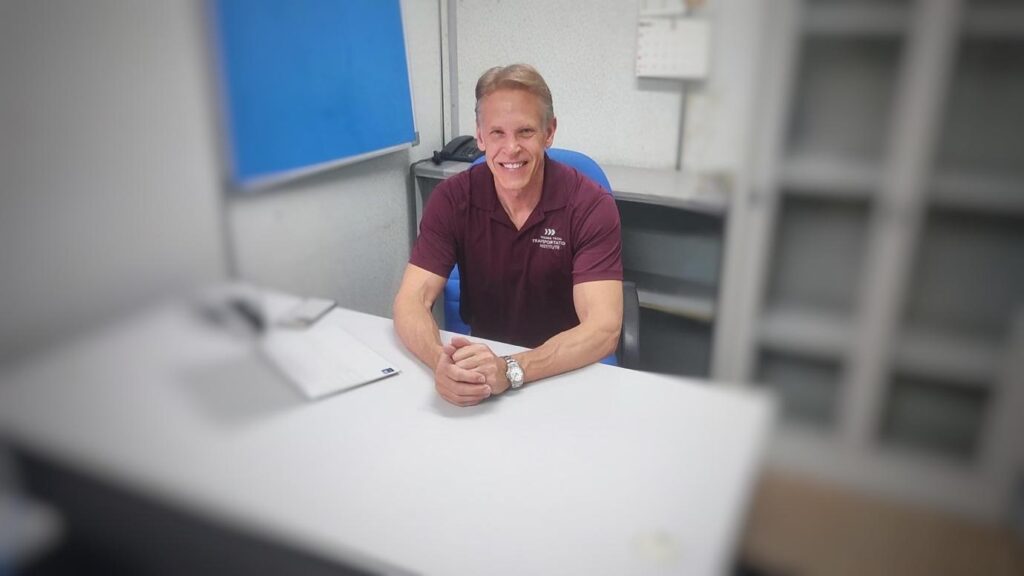
Modern cars have collision warning systems, lane departure alerts, and automated braking. Trucks are heavily outfitted with telematics and monitoring devices to ensure drivers’ safety. But motorcycles, ridden by millions across the region, lack basic collision detection systems.
“From a technology standpoint, it’s absolutely mind-boggling,” said Dr. Richard J. Hanowski, a veteran road safety researcher with over 30 years of experience and former Director of the Division of Freight, Transit, and Heavy Vehicle Safety at the Virginia Tech Transportation Institute. Hanowski is the CEO of Motorcycle Safety Solutions LLC.
“The loss isn’t just measured in dollars and cents,” Dr Hanowski emphasised. “It’s about mothers, fathers, brothers, sisters — people who are essential not only to businesses but to society itself.”
Why Southeast Asia Is the Critical Battleground
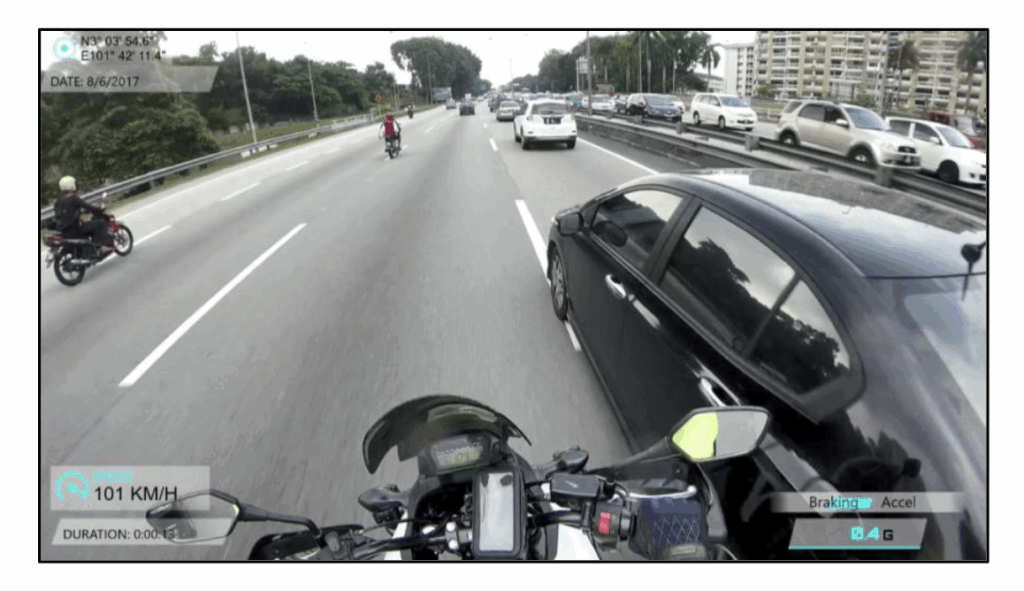
In Western countries, motorcycles are often used recreationally—as a weekend hobby. Riders are heavily regulated and often highly trained, and the vehicles themselves are high-end machines.
Southeast Asia, however, tells a different story. Here, motorbikes are daily necessities. They are the primary means of commuting to work, transporting goods, or making deliveries under tight schedules.
In countries like Malaysia, Vietnam, Thailand, and Indonesia, the motorbike is not a luxury—it’s a lifeline. Traffic behaviours present additional risks, which Dr Hanowski and his team have studied extensively.
Southeast Asia’s Motorcyclists Traffic Behaviours
Frequent riding on emergency lanes
In Malaysia and other Southeast Asian countries, motorcyclists use the emergency lane as an unofficial fast track to bypass congested traffic. It’s normalised behaviour — but extremely dangerous.
Dr Hanowski explained that through his studies with the Malaysian Institute of Road Safety Research (MIROS) it became clear that riders often fail to perceive stationary obstacles in time. “In many of the crashes we studied, the motorcyclists didn’t even brake before impact,” Dr Hanowski noted.
The reasons are multiple: poor visibility, lack of proper hazard signals on broken-down trucks, and, critically, a misjudgment in which riders assume any vehicle ahead is moving. Without clear cues and warnings, the brain struggles to recognise a stationary object at highway speeds, leading to catastrophic collisions.
Lane filtering and splitting between cars

 Lane splitting refers to the practice of a motorcycle riding between lanes of slower-moving or stopped traffic. (Illustration: Motorcycle Safety Solutions)
Lane splitting refers to the practice of a motorcycle riding between lanes of slower-moving or stopped traffic. (Illustration: Motorcycle Safety Solutions)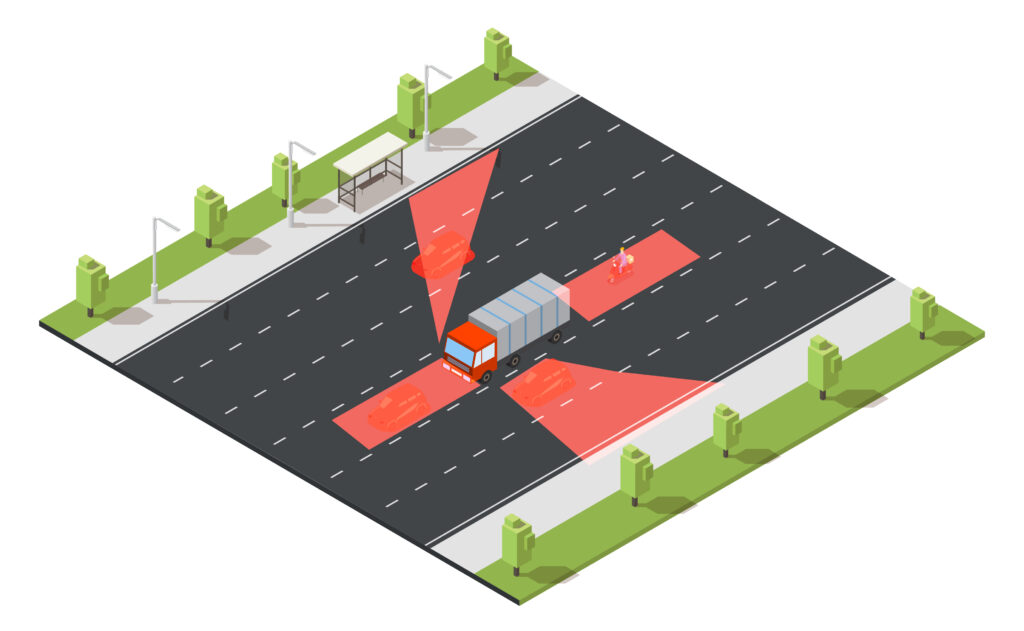
Lane filtering—weaving between slow or stationary cars—is a common practice to beat urban congestion. However, Dr. Hanowski’s studies revealed a critical safety blind spot.
“When a rider is filtering, their attention is focused sideways — checking for moving cars and avoiding mirrors — and not straight ahead,” said Dr Hanowski .
This divided focus makes riders less likely to notice sudden hazards in front, such as a vehicle stopping abruptly. Filtering also puts riders in drivers’ blind spots, increasing the risk of side-swipe accidents.
High levels of nighttime riding on poorly lit roads
Night riding heightens all the dangers. Many routes, primarily secondary and rural roads, lack proper lighting.
“The ability to judge distance and speed drops dramatically at night, even for experienced riders,” Dr Hanowski explained. Often, motorcycles have basic headlights that don’t provide sufficient illumination, making it almost impossible to detect stationary vehicles or debris until it’s too late.
Fatigue and false confidence exacerbate the risks, while the lack of enhanced perception aids turns night riding into a deadly trap for two-wheeler commuters. These realities demand better road behaviour and technological intervention to protect riders with insufficient human senses and instincts.
RideHawkTM – Giving Motorcyclists an Extra Set of Eyes
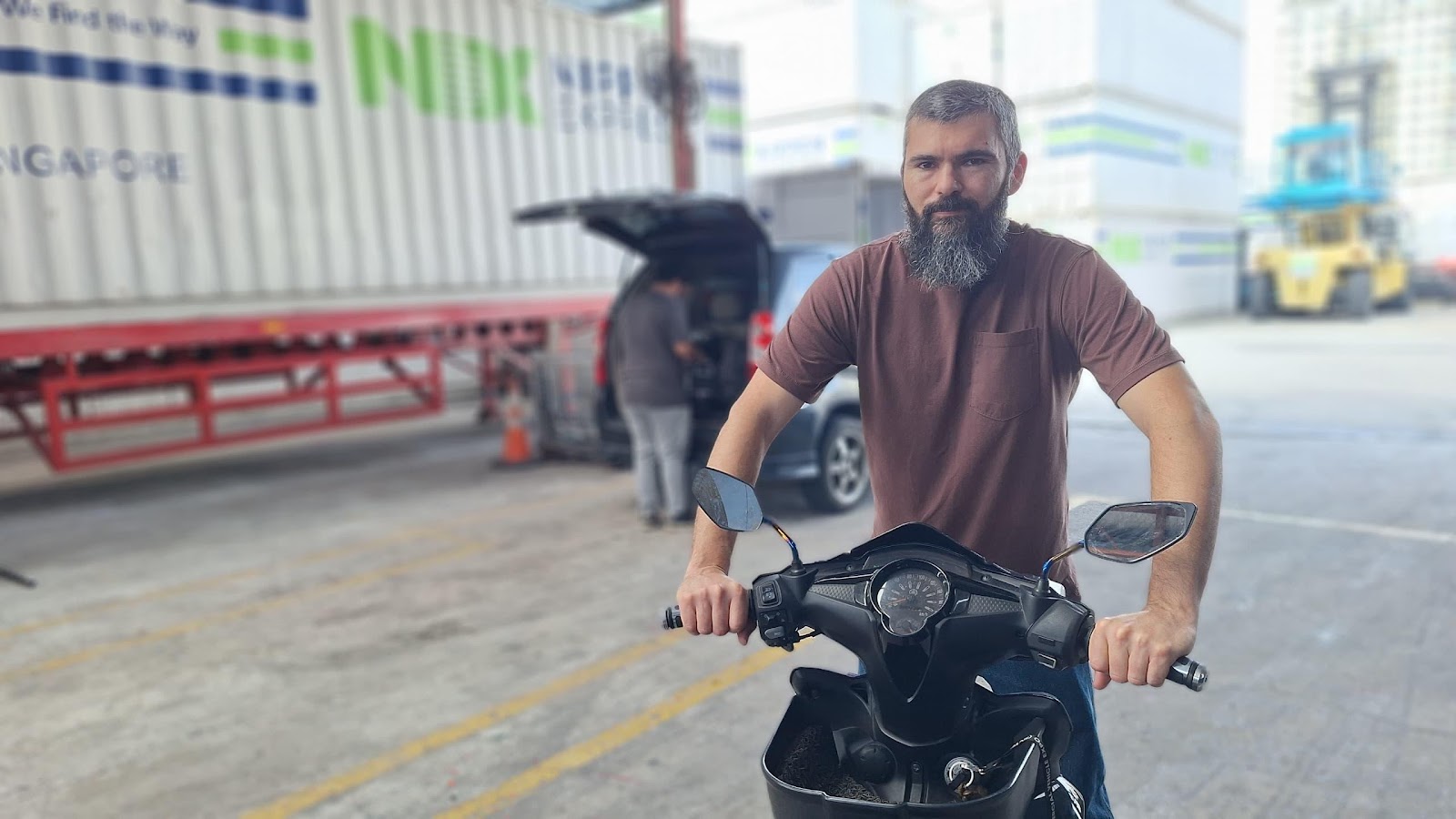
Developed after years of research with partners like MIROS, RideHawkTM, developed by Motorcycle Safety Solutions Asia (M) Sdn Bhd, is a first end-to-end system that protects riders during their most vulnerable moments.
The foundation for RideHawkTM’s development was laid through earlier research led by Dr Hanowski , where they designed rear signalling systems for heavy trucks using flashing brake lights and time-to-collision sensors to prevent rear-end crashes.
The RideHawkTM system combines hardware and software that serve as an intelligent assistant to the rider. It consists of three main components: a LiDAR-based front sensor, an Electronic Control Unit (ECU) with a Human-Machine Interface (HMI), and a mobile application.
Behaviour Altering
Mounted discreetly on the motorcycle’s front, the sensor scans the road and calculates Time to Collision (TTC)—the critical metric that predicts how soon a collision could happen if no action is taken. The ECU processes this data, and when a threat is imminent, the HMI—a combination of LED indicators and buzzer alerts—warns the rider.
The RideHawkTM app captures ride data, assigns a Safety Score, and offers tailored recommendations for improvement. The app also enables telemetry tracking and risk analysis across multiple riders for businesses operating fleets.
Telematics data helps companies identify high-risk routes and unsafe rider behaviours, enabling targeted education and support before crashes occur. “With better information, companies can proactively protect their people,” said Dr Hanowski, “building safer, stronger businesses over time.”
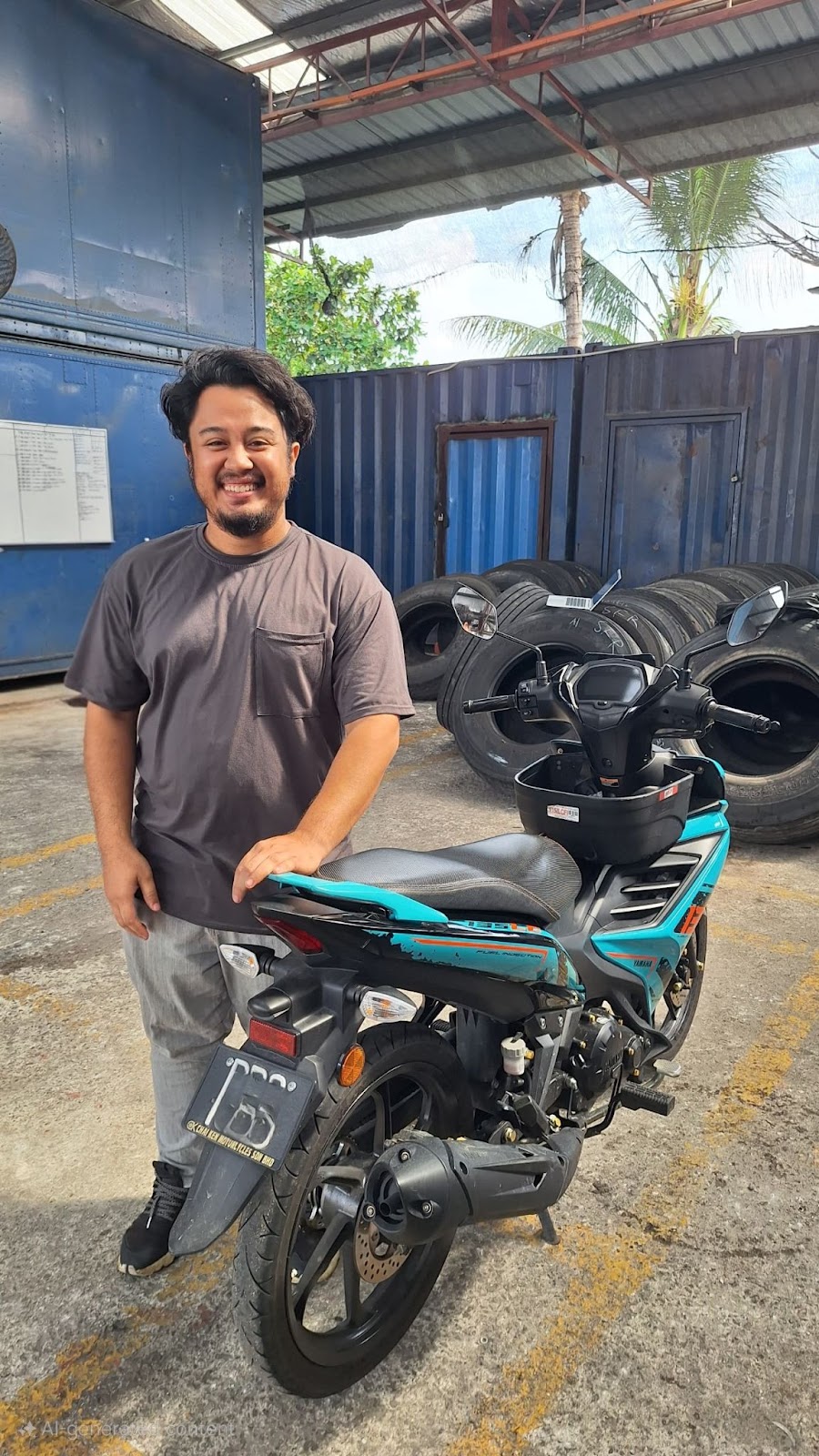
Protecting Workers, Strengthening Businesses
Businesses invest heavily in recruiting, training, and supporting their workforce. Protecting that workforce beyond the office walls makes sense—it’s about looking after both people and the long-term health of the business.
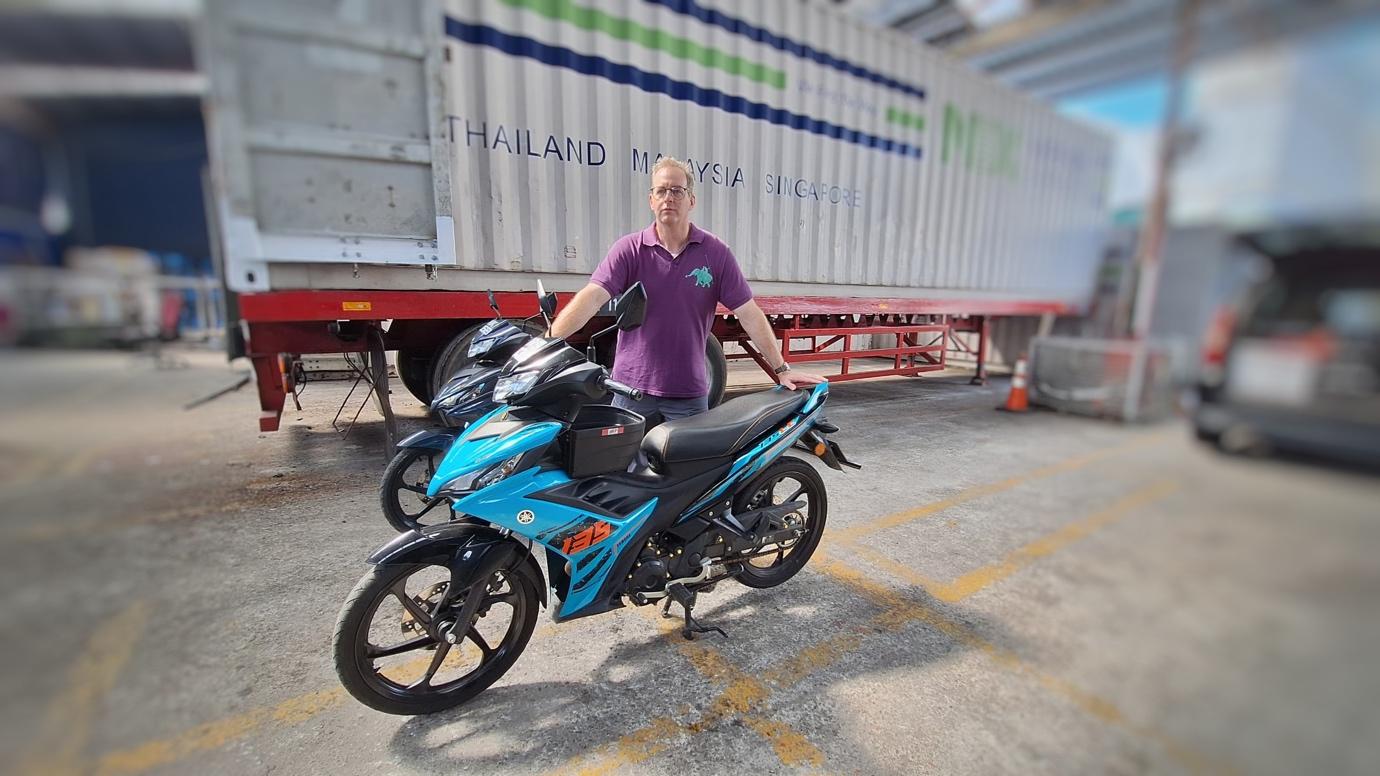
“It’s not just about the immediate aftermath of a crash. It’s about maintaining continuity, experience, and resilience across your workforce.”
Stefan Pertz, Director, Motorcycle Safety Solutions Asia (M) Sdn Bhd.
“Think about a truck driver. He rides his motorbike to the depot every morning, then switches to driving a truck equipped with the latest safety features. But at the end of the day, when he gets back on his bike to go home, he’s exposed to far greater risks,” said Stefan Pertz.
When accidents happen outside working hours, the impact still comes back to the employer:
- Medical costs, insurance claims, and potential liability.
- Operational disruptions when skilled staff are suddenly unavailable.
- The cost and time needed to recruit and train replacements.
- In cases where injured employees are reassigned, there’s often a loss in productivity but ongoing salary obligations.
Risk Management as a Foundation for Sustainable Growth
As RideHawkTM moves into broader deployment, its message to businesses is clear:
Protecting people and managing risk is fundamental to building sustainable, resilient companies. Motorcyclists are not just employees on the clock — they are vital members of a business’s fabric whose well-being directly affects operations, reputation, and growth.
“It’s time we stop seeing motorcycles as second-class vehicles when it comes to safety,” said Dr Hanowski . “The lives of riders are valuable — to their families, companies, and countries.”
Malaysia’s National Safety Priorities for Worker Safety
Malaysia is actively advancing its commitment to worker safety through significant policy initiatives. In 2025, the Human Resources Ministry announced plans to implement the Non-Occupational Accident Scheme (SKBBK), which provides 24-hour accident insurance coverage for employees—even outside working hours.
Complementing this is the country’s adoption of the Vision Zero framework, championed by safety advocate Tan Sri Lee Lam Thye. The initiative emphasises that all workplace injuries are preventable and encourages a culture of safety ownership among employers and employees alike.
Reference:
Ibrahim, M. K. A., Mohamed Jamil, H., Abdul Manan, M. M., & Hanowski, R. J. (2019). Roaming the virtual lanes: Motorcyclists’ lane filtering-splitting manoeuvres and exposure to road crashes. Journal of the Society of Automotive Engineers Malaysia, 3(2), 229–235. https://www.jsaem.saemalaysia.org.my



